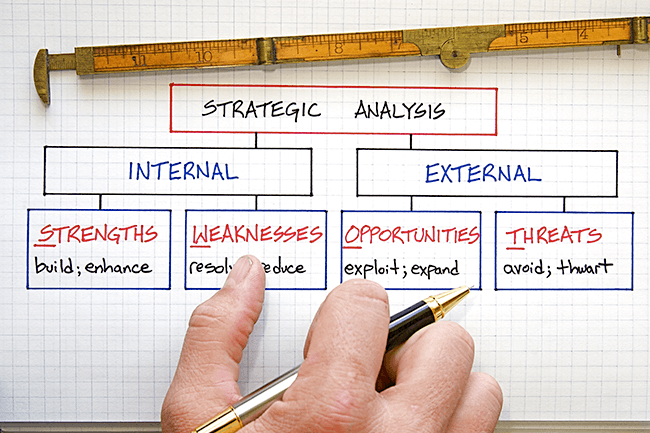Why Video Conferencing Isn't Enough

As the coronavirus keeps many workers out of offices, remote meetings have fast become the norm, even among companies that place a strict priority on face-to-face meetings. While the technology is helpful, there are limitations to know. Explore the top benefits of video conferencing and how to get around its limitations.
Video Conferencing Benefits
Without question, video conferencing can save time and money by reducing business travel and overhead. Employees can conference with anyone, anywhere, often using simple web-based technology that runs on any device. This is a great way to bring team members located in different offices together, strategize on a problem while one partner is traveling, and loop in remote partners located elsewhere.
Video conferencing, at its best, improves upon the telephone meeting, it shows body language, facial expression, and intent, creating better communication and a closer bond than a simple phone call.
In times when face-to-face is not possible, video conferencing is a second-best alternative, because it approximates face-to-face communication and allows for a more engaged discussion.
Problems With Video Conferencing
While everyone is likely to be understanding when occasional interruptions arise, problems may develop for teams that rely only on remote meetings to collaborate. Here are the most common issues teams report when relying on video conferencing software for collaboration.
Communication Problems
With remote video conferencing taking the place of office meetings, there is none of the non-verbal communication employees are used to. As a result, some communication problems can arise, including:
- People talking over one another
- Introverts not contributing
- Someone dominating the meeting
These problems hamper productive discussion. What’s more, employees who are naturally more reserved may not be heard over the hubbub. In trying to work around this, you may wind up calling on employees to share their thoughts and opinions. While well-intentioned, this can make peers feel as though they’re back in school, put on the spot by a teacher.
“Frequent offenders” (for instance, someone gets a reputation for cutting off colleagues mid-sentence) can create interpersonal issues that make collaboration more challenging. It’s often easier to manage these issues in person than it is via video meetings.
Technology Problems
Technology and implementation problems can sabotage even the most carefully planned remote meeting – perhaps the biggest disadvantage of relying on free video conferencing, and even paid, particularly when incorrect equipment or software is used.
Some employees may struggle to get audio or video to work, particularly if they have multiple speakers or microphone devices. This is a personal bugbear of my own. As a seasoned veteran, I’m constantly amazed at how poorly well-known video conferencing solutions handle the basics, thus making video conferencing far more difficult than it should be.
Sometimes people cause problems when they don’t understand all the features. Recently a remote meeting went viral when the presenter accidentally turned themselves into a potato with the click of a button. They were unable to take the “potato mode” off and made a less-than-stellar impression as a result.
Poor Feedback, Poor Collaboration
When you are sharing screens or presenting at a video conference, employees may want to deliver feedback. Typically you are reliant on sidebar chat, which is seldom effective. In a worst-case scenario, you may wonder whether attendees are even listening, because chat has taken on a life of its own.
Screen and video conferencing are for presentations and limited discussion, not for any serious collaboration. For this reason alone, video conferencing is not enough.
Collaboration requires a pen & paper or its digital equivalent, a shared medium where everyone can contribute and collaborate, time to reflect, and the ability to store a repository of real-time information generated during a session to use as a reference, or to continue to ideate, brainstorm, or design at a later date.
It has become abundantly clear during the coronavirus pandemic that people are struggling to communicate, often trying to hash together numerous tools to be effective with remote solutions, and the juggling act of attempting this often falls well short, and of course, wastes time.
Online Whiteboard – The missing ingredient
If you want to communicate and collaborate effectively, the solution is to use an online whiteboard in conjunction with video conferencing, and here are some reasons why:
- Provides a shared medium to add diagrams, flow charts, images, videos, and more.
- Typically contains numerous templates to get you started with brainstorming, design, ideation, agile flows, etc.
- Allows annotations using a stylus, pen, or touch so participants can highlight, circle, or make notes on what needs attention.
- Position comments where ever you like, and start a conversation on a particular item or use chat for general commentary.
- Engages your audience or team, get creative juices flowing, and capture valuable ideas.
- No more disengaged members.
- No more juggling multiple tools in an attempt to collaborate effectively and capture information.
- Saves times and money.
The above are just some advantages of an online whiteboard, we invite you to explore this topic further. In combination with an inbuilt, rock-solid video conferencing solution, you’ll be well on your way to effective meetings, coaching, and collaborations.














